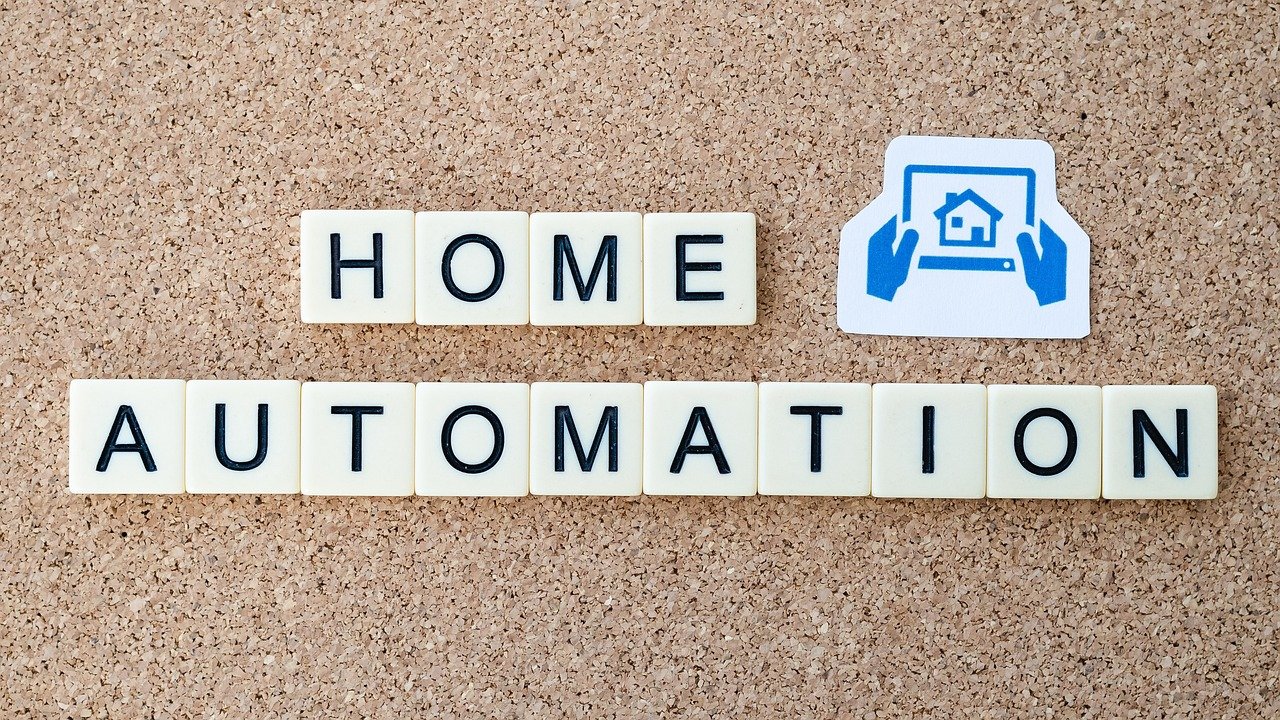In the age of digital transformation, our homes, habits, and lifestyles are evolving to become more interconnected, efficient, and secure. A comprehensive guide to adopting smart living myinternetaccess serves as a practical and informative resource to help individuals embrace the future of smart home technology, improve convenience, and enhance overall well-being through connectivity.
This article delves into the essential components of smart living, how to begin your journey with connected devices, and why mylife automation is the key to sustainable and efficient modern living. Whether you’re a tech-savvy homeowner or just getting started, this guide covers everything you need to know.
Understanding Smart Living
Smart living refers to the use of internet-enabled technologies, smart devices, and automation systems to improve lifestyle quality. With innovations like smart thermostats, intelligent lighting systems, automated security cameras, and voice assistants, users can streamline their daily routines while enhancing security and saving energy.
Also, explore Exploring Gilkozvelex: A Comprehensive Insight Into Its Purpose And Relevance
A comprehensive guide to adopting smart living myinternetaccess highlights the integration of devices through Wi-Fi, cloud-based services, and mobile applications, making it possible to control various elements of your home remotely and efficiently.
Key Benefits of Smart Living
There are multiple advantages to adopting a smart living lifestyle, all of which are outlined in a comprehensive guide to adopting smart living myinternetaccess:
- Energy Efficiency: Devices like smart thermostats and lighting systems help reduce energy waste by optimizing usage based on real-time data.
- Enhanced Security: Smart doorbells, surveillance cameras, and alarm systems provide real-time alerts and remote monitoring features.
- Convenience and Automation: Automated routines let you schedule tasks like turning off lights or adjusting room temperature without manual intervention.
- Health and Wellness: Integration with smart fitness trackers, air quality monitors, and sleep aids promotes a healthier lifestyle.
Getting Started with Smart Devices
A successful smart living setup begins with the right devices. According to a comprehensive guide to adopting smart living myinternetaccess, the following are must-have tools:
- Smart Hub or Voice Assistant: Amazon Alexa, Google Assistant, or Apple HomeKit serve as central controls for other smart devices.
- Connected Lighting: Philips Hue or LIFX bulbs offer customizable settings and voice control features.
- Smart Thermostat: Products like Nest or Ecobee help manage heating and cooling based on occupancy and preferences.
- Security Systems: Video doorbells, motion sensors, and smart locks ensure peace of mind even when you’re away.
Investing in interoperable devices is crucial for seamless integration and future scalability.
Smart Living and Internet Access
The foundation of every smart living setup is high-speed and reliable internet connectivity. A comprehensive guide to adopting smart living myinternetaccess emphasizes that without robust internet, your smart home can’t function efficiently. Here’s why:
- Devices rely on continuous internet access for syncing, updates, and remote commands.
- Mesh Wi-Fi systems can improve signal coverage across larger homes, ensuring no dead zones.
- Using secure, encrypted connections prevents unauthorized access and maintains data privacy.
It is advisable to upgrade your broadband plan to one that supports multiple devices and offers high download and upload speeds.
Smart Living and Sustainability
One of the key takeaways from a comprehensive guide to adopting smart living myinternetaccess is the positive impact smart living can have on the environment:
- Automated systems reduce unnecessary energy consumption.
- Smart irrigation systems optimize water usage based on weather data.
- Monitoring devices help users make more informed decisions about resource consumption.
Adopting these technologies leads to long-term savings and a smaller carbon footprint, making smart living both economically and ecologically beneficial.
Conclusion
Embracing smart living is no longer a futuristic concept—it’s a present-day reality. A comprehensive guide to adopting smart living myinternetaccess equips you with all the knowledge and resources you need to make informed decisions. From setting up your first smart light to automating your entire home, the shift towards a connected lifestyle enhances comfort, safety, and sustainability.
By following the principles outlined in a comprehensive guide to adopting smart living myinternetaccess, you can create an environment that works for you—efficiently and intelligently. Start your smart journey today and experience the future of living in the palm of your hand.
FAQs
Q1: What is the first step in smart living adoption?
Start with a smart hub or voice assistant, then gradually integrate compatible devices like lights, thermostats, and security systems.
Q2: Do I need a high-speed internet connection for smart living?
Yes, a stable and fast internet connection is essential for the real-time functioning and remote control of smart devices.
Q3: Can smart living save money in the long run?
Absolutely. Devices that optimize energy use and reduce waste can lower utility bills significantly over time.
Q4: Are smart home devices secure?
Most devices offer encrypted communication. However, users should secure their home networks with strong passwords and regular firmware updates.
Q5: How do I ensure all my devices work together?
Choose devices that support universal platforms like Google Assistant or Amazon Alexa, and use apps that support cross-platform automation for a seamless experience.


